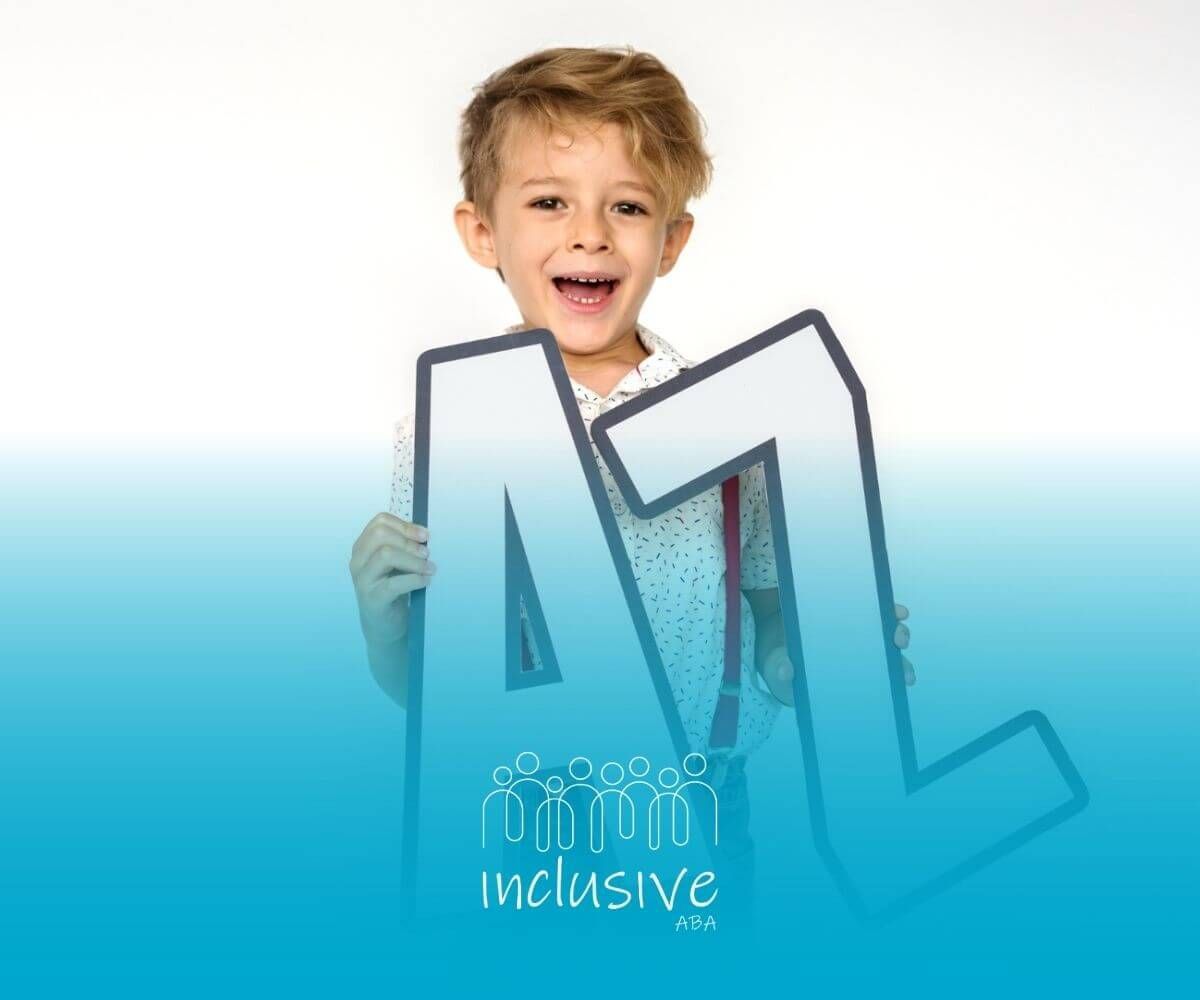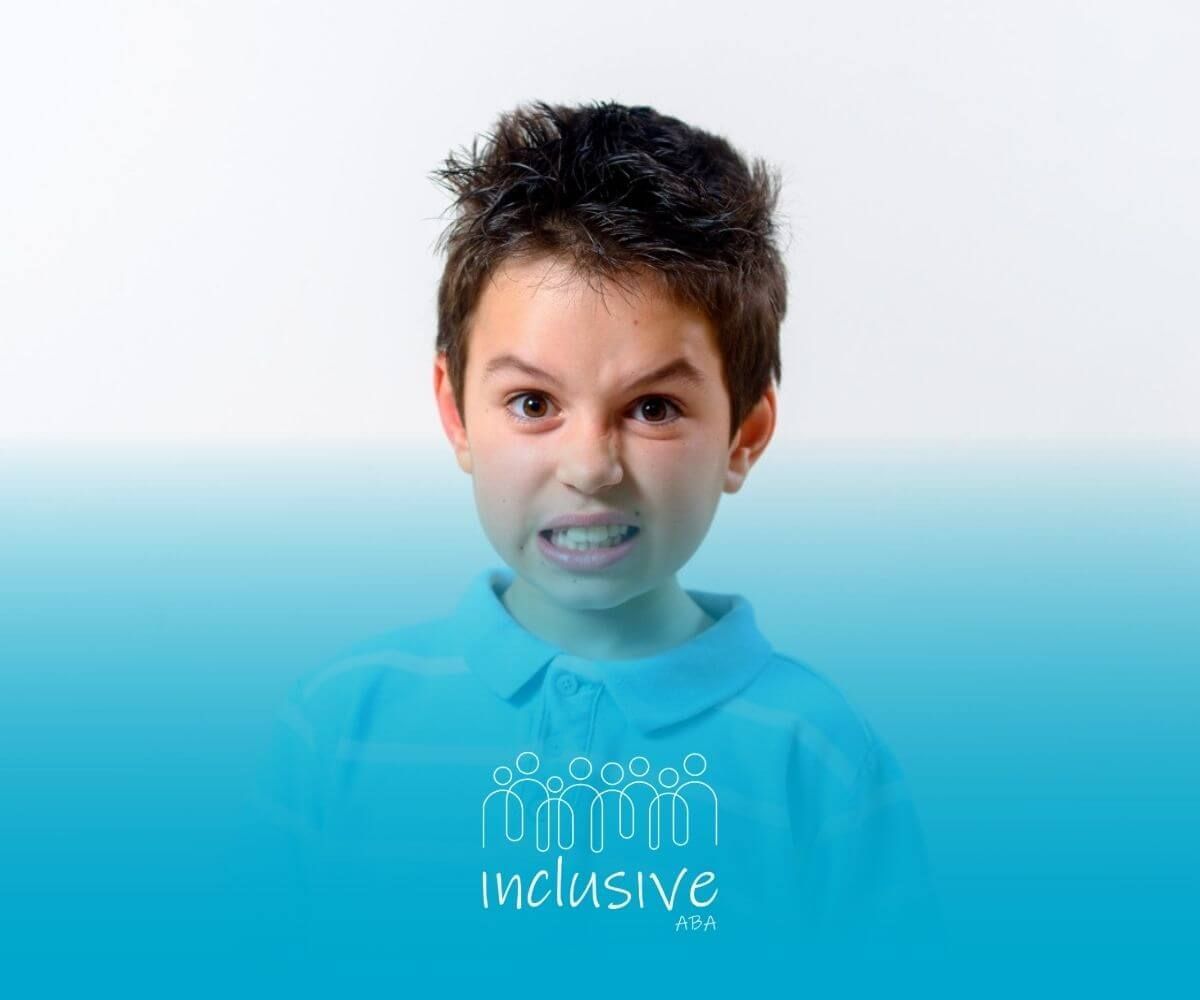Behavior Intervention Plans That Work: How to Support Positive Change
A Behavior Intervention Plan (BIP) is a structured, written plan designed to support individuals—often students—with challenging behaviors that interfere with learning or daily functioning. It is built on understanding why a behavior happens and equipping the person with better ways to communicate or respond, ultimately reducing problem behaviors and promoting positive alternatives. This plan is tailored to each individual, using data and evidence-based strategies to create meaningful, lasting change.
The answer to the question, " What does BIP mean?" is simple: it stands for Behavior Intervention Plan. However, developing and implementing an effective BIP involves assessment, planning, execution, and monitoring.
This article covers the ins and outs of BIPs, providing you with in-depth knowledge, useful examples, and best practices so you can understand how a behavior intervention plan works and why it is important.
The Purpose of a Behavior Intervention Plan
At its core, a BIP aims to:
- Reduce or prevent challenging behavior by changing environmental factors and teaching new skills
- Improve an individual’s ability to communicate needs appropriately
- Support positive behaviors that help individuals succeed in school, home, or community settings
- Offer a clear, actionable roadmap for parents, educators, and therapists to follow collaboratively
Behavior is communication. Problem behaviors often serve a function—such as seeking attention, escaping demands, accessing tangibles, or fulfilling sensory needs—and a BIP addresses those underlying reasons by teaching replacement behaviors that are more effective and appropriate.
The Five Components of a Behavior Intervention Plan
A quality behavior intervention plan template typically includes these key components:
1. Definition of Target Behavior
The behavior(s) that require change must be described clearly and objectively. This means writing what the behavior looks like (observable), how often it happens, and under what circumstances it occurs. Example: “John hits peers when frustrated during group activities.”
2. Functional Behavioral Assessment (FBA) Summary
A thorough Functional Behavioral Assessment explains why the behavior is occurring by identifying antecedents (triggers), consequences (what maintains the behavior), and its function (purpose). This informs the intervention strategies.
3. Replacement Behavior(s)
The plan outlines new, more appropriate behaviors to teach. These replace the problem behavior and serve the same function for the individual. For example, teaching “John” to ask, “Help, please,” instead of hitting.
4. Intervention Strategies and Supports
This section details the proactive steps designed to prevent problem behaviors and promote replacement behaviors. It may include environmental modifications, teaching methods, prompting, reinforcement schedules, and reactive strategies when challenging behaviors occur.
5. Data Collection and Monitoring Plan
How and when data on the behavior and interventions will be collected is important for evaluating effectiveness. It includes measurable goals, frequency of data collection, and how adjustments will be made over time.
What Are the 4 R's of Behavior Intervention?
Effective behavior intervention plans often follow the 4 R’s, which serve as guiding principles:
- Replace: Teach replacement behaviors that fulfill the same need as the challenging behavior.
- Reduce: Decrease occurrences of problem behavior by changing antecedents and consequences.
- Reinforce: Provide consistent positive reinforcement for desired behavior to strengthen it.
- Respond: Use appropriate consequences when challenging behaviors occur, ensuring safety and learning.
How Does a Behavior Intervention Plan Work? The Steps Explained
The process of creating and implementing a behavior intervention plan typically follows these steps:
Step 1: Conducting a Functional Behavioral Assessment (FBA)
This involves collecting data on when, where, and why the problem behavior happens. The FBA helps identify triggers and the function of the behavior.
Step 2: Developing the BIP
The team—often including parents, teachers, therapists, and behavior analysts—writes the plan based on FBA results. They define challenging and replacement behaviors and list strategies.
Step 3: Training and Implementation
Everyone involved learns their role. Clear training ensures consistency in using the intervention strategies both at school and at home.
Step 4: Data Collection and Progress Monitoring
Consistent tracking of behaviors and outcomes enables ongoing evaluation. If goals are not being met, modifications to the plan are made.
Step 5: Maintenance and Generalization
Plans include strategies to maintain behaviors over time and across environments (home, school, community).
Behavior Intervention Plan Example
Here is a simplified example of a BIP designed for a child who frequently leaves their seat during class without permission:
- Target behavior: Leaving the seat without permission more than 3 times per class.
- Function: To escape tasks that the child finds difficult or boring.
- Replacement behavior: The child will raise their hand and request a break when overwhelmed.
- Strategies:
- Provide task modifications to reduce difficulty.
- Use visual break cards that the child can use independently.
- Reinforce hand-raising requests with praise and short breaks.
- Use a token economy where the child earns tokens for remaining seated.
- Data collection: Teacher records the frequency of seat-leaving and independent break requests daily.
- Review: Team meets monthly to assess progress and adjust goals.
Behavior Intervention Plan That Works: Key Strategies and Techniques
Behavior intervention plans that work are grounded in these evidence-based components:
- Positive Reinforcement: Rewarding desired behaviors increases the likelihood they will happen again.
- Antecedent Modifications: Changing the environment or routine to prevent triggers.
- Teaching Replacement Behaviors: Actively teaching alternative skills that meet the same needs.
- Consistent Consequences: Applying consequences fairly and calmly to discourage problem behaviors.
- Collaboration: Engaging caregivers, educators, and therapists for unified support.
What Is the Difference Between ABA and a Behavior Intervention Plan?
While Applied Behavior Analysis (ABA) is the broad science focused on understanding behavior and teaching new skills through various techniques, a Behavior Intervention Plan (BIP) is a specific written plan developed using ABA principles. A BIP focuses on decreasing challenging behaviors by applying ABA strategies tailored to an individual’s needs.
In essence:
- ABA is the overall approach or methodology.
- BIP is a practical application or a tool within ABA to address specific behaviors.
How Inclusive ABA Can Help: Our Approach to Behavior Intervention Plans
At Inclusive ABA, we believe behavior intervention plans are more than just documents — they are living, breathing maps guiding meaningful change for your child. Here's what makes our approach unique:
- Individualized and Data-Driven: Each BIP is customized based on rigorous assessments and measurable goals, ensuring interventions meet your child’s unique needs.
- Collaborative Process: We work closely with families, schools, and care teams to create cohesive plans and consistent implementation across all settings.
- Emphasis on Teaching Functional Skills: Beyond reducing behaviors, we prioritize teaching communication, social, and coping skills, empowering your child for independence.
- Ongoing Support and Adaptation: We continuously monitor progress and adjust strategies to maximize effectiveness and generalization.
- Parent and Caregiver Training: We offer hands-on training so you can confidently apply ABA therapy techniques at home, strengthening the bridge between therapy and everyday life.
Explore our full range of services and see how we can partner with you to develop behavior intervention plans that truly work: Inclusive ABA Services
Conclusion: Take the Next Step with Inclusive ABA
A well-crafted behavior intervention plan can transform challenges into opportunities for growth and success. Understanding what a BIP is, how it works, and the steps involved empowers you to advocate effectively for your child or student.
At Inclusive ABA, we don’t just write plans—we build partnerships, provide ongoing guidance, and celebrate every step forward with you. If your family is ready to see real progress backed by science, call Inclusive ABA today to schedule your personalized consultation. Let’s work together to turn behavioral challenges into pathways for lifelong achievement.
Frequently Asked Questions (FAQs)
What are the 5 components of a behavior intervention plan?
The five components are: 1) Definition of target behavior, 2) Functional Behavioral Assessment summary, 3) Replacement behaviors, 4) Intervention strategies and supports, and 5) Data collection and monitoring plan.
What are the 4 R's of behavior intervention?
They are Replace, Reduce, Reinforce, and Respond — principles that guide supporting positive behaviors and managing challenging ones effectively.
What is the difference between ABA and BIP?
ABA is the overall science and methodology of behavior analysis, while a BIP is a specific, written plan created using ABA principles to target challenging behaviors.
Sources:
- https://childmind.org/article/what-is-a-behavior-intervention-plan/
- https://www.michigan.gov/-/media/Project/Websites/mde/specialeducation/familymatters/FM1/BIP_FactSheet.pdf?rev=37815ab42ca64a69a6d50b9dba2dd384
- https://www.understood.org/en/articles/behavior-intervention-plans-what-you-need-to-know
- https://pbismissouri.org/wp-content/uploads/2018/08/Tier-3-2018_Ch.-6.pdf
- https://id.scribd.com/document/632422507/behavior-plan-template-19-doc
- https://portal.ct.gov/-/media/SDE/Publications/edguide/BehaviorInterventionPlanandModelForm.pdf
- https://www.michiganallianceforfamilies.org/bip/
Looking for Expert Help? We're Here for You!
Our compassionate and skilled team is devoted to enhancing your child's development through customized ABA therapy. Let us partner with you to create a supportive environment for your child's success.
Discover how we can help your family thrive with expert ABA therapy.
Related Posts







